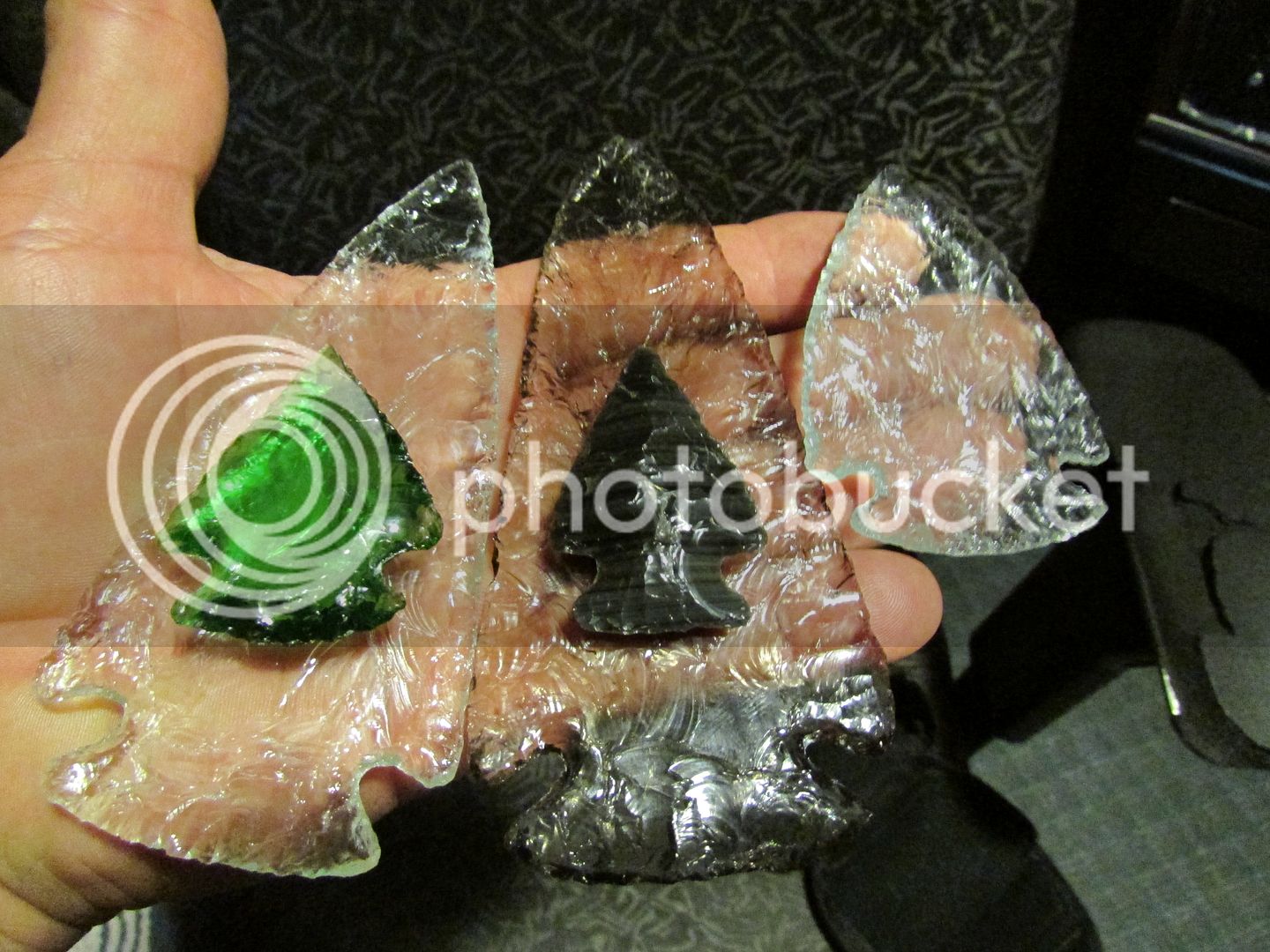garra said:
I am ready to check out those diamond wheels. Thought I would experiment on a flint, just to see how to knap an edge. So far it is broken off, dull and thick. Believe I don't have the knack for knap yet. Tried the knap hammer and my just made flaking tool. I just don't know what or how to do this. Any books of instructions out there??? :surrender:
Its not uncommon to be unsure of knapping at the beginning, usually then followed by a touch of embarrassment when we find out how stupid simple it is, LOL.
Imagine this approach...assumes right handed shooter:
1) Lay your flintlock on its belly on a bench or table;
2) Frizzen open / Hammer back at full cock, flint installed;
3) Standing behind the butt stock, put the front pad of the forefinger of your left hand across / under the front edge of the flint, lifting up on it with a little firmness (but not enough to lift the stock off the table).
4) Using something like a small brass rod about the size of a #2 wooden pencil, very lightly peck down on the top edge of the flint at about a 45* angle.
5)I do mine from left to right...4-5 peck, peck, pecks light enough so the brass rod wouldn't break a Robins egg if I was tapping on it.
6) When you take your left forefinger out from under the flint edge you'll see 4-5 tiny little flakes of flint that came loose everywhere the rod hit on top of the edge.
The end result of the bottom edge of the flint should look like a serrated cutting blade from an electric knife.
Here's a couple of very old photos simply to give you an idea of the shallow angle of the brass rod lightly pecking down on top of the front edge.
(I'm not holding my forefinger across under the flint in the photo because I had to hold the stock for the photo).










